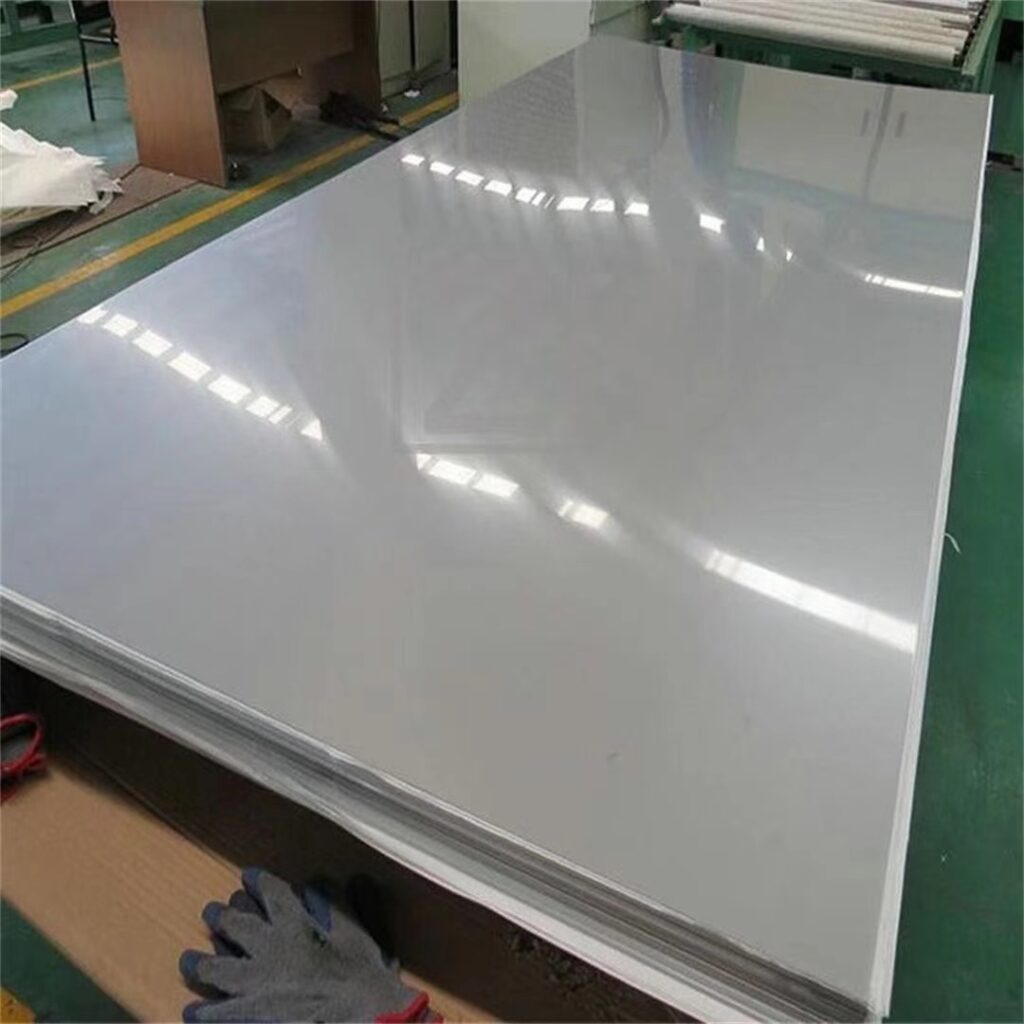Welcome to My Blog!
Before we dive into the content, I’d love for you to join me on my social media platforms where I share more insights, engage with the community, and post updates. Here’s how you can connect with me:
Facebook:https://www.facebook.com/profile.php?id=100090063158454
Now, let’s get started on our journey together. I hope you find the content here insightful, engaging, and valuable.

Introduction
316 stainless steel is a versatile and widely used material in various industrial applications due to its exceptional properties. Known for its excellent corrosion resistance, strength, and durability, it is often the go-to choice for industries ranging from marine to pharmaceutical. In this blog, we will explore the key 316 stainless steel properties that make it ideal for industrial use. We will discuss its composition, mechanical properties, corrosion resistance, thermal properties, and more.
Composition of 316 Stainless Steel
316 stainless steel is primarily an austenitic alloy, composed of iron, chromium, nickel, and molybdenum. The addition of molybdenum (typically around 2-3%) enhances its resistance to pitting and crevice corrosion, making it particularly suitable for harsh environments. Below is a table summarizing the chemical composition of 316 stainless steel:
| Element | Percentage (%) |
|---|---|
| Iron (Fe) | 62.0 – 72.0 |
| Chromium (Cr) | 16.0 – 18.0 |
| Nickel (Ni) | 10.0 – 14.0 |
| Molybdenum (Mo) | 2.0 – 3.0 |
| Carbon (C) | ≤ 0.08 |
| Manganese (Mn) | ≤ 2.0 |
| Silicon (Si) | ≤ 1.0 |
This unique composition contributes significantly to the 316 stainless steel properties that are vital for industrial applications.
Mechanical Properties
The mechanical properties of 316 stainless steel are crucial for its performance in various applications. Key mechanical properties include tensile strength, yield strength, elongation, and hardness. Here’s a summary of these properties:
| Property | Value |
|---|---|
| Tensile Strength | 580 MPa (84,000 psi) |
| Yield Strength | 290 MPa (42,000 psi) |
| Elongation | 40% (min) |
| Hardness (Rockwell B) | 70 HRB |
These mechanical properties ensure that 316 stainless steel can withstand significant stress and strain without deformation, making it an ideal choice for structural applications.
Corrosion Resistance
One of the standout features of 316 stainless steel properties is its exceptional corrosion resistance. The presence of molybdenum provides enhanced resistance to chlorides, making it particularly effective in marine environments. This table outlines the corrosion resistance of 316 stainless steel in various environments:
| Environment | Corrosion Resistance Level |
|---|---|
| Marine | Excellent |
| Chemical Processing | Good |
| High Temperature Steam | Moderate |
| Chloride Exposure | Excellent |
Due to these properties, 316 stainless steel is extensively used in the manufacture of chemical tanks, piping systems, and marine structures.
Thermal Properties
Thermal properties also play a critical role in determining the suitability of 316 stainless steel for various applications. Its ability to maintain strength at elevated temperatures is one of its notable features. Here’s a summary of key thermal properties:
| Property | Value |
|---|---|
| Thermal Conductivity | 16 W/m·K |
| Coefficient of Expansion | 16.0 × 10⁻⁶ /°C |
| Maximum Service Temperature | 870°C (1,600°F) |
These thermal properties make 316 stainless steel suitable for applications that involve high temperatures, such as exhaust systems and heat exchangers.
Applications in Industry
Given its exceptional properties, 316 stainless steel is used across various industries. Some of the most common applications include:
- Marine Applications: Boat fittings, marine hardware, and rigging systems.
- Chemical Processing: Tanks, valves, and piping systems for corrosive substances.
- Food and Beverage Industry: Equipment that requires high standards of hygiene and resistance to corrosive cleaning agents.
- Pharmaceuticals: Containers and machinery that must meet stringent cleanliness and corrosion resistance standards.
These applications highlight how the 316 stainless steel properties are critical in ensuring the longevity and safety of industrial equipment.

Conclusion
In summary, 316 stainless steel properties make it a superior choice for a wide range of industrial applications. Its excellent corrosion resistance, mechanical strength, and thermal stability ensure that it can withstand challenging environments and demands. As industries continue to evolve, the importance of materials like 316 stainless steel will only increase, reinforcing its role as a cornerstone in modern engineering and manufacturing.
FAQ
Q1: What makes 316 stainless steel different from 304 stainless steel?
A1: The primary difference lies in the addition of molybdenum in 316 stainless steel, which provides enhanced corrosion resistance, particularly against chlorides.
Q2: Can 316 stainless steel be used in high-temperature applications?
A2: Yes, 316 stainless steel can be used at temperatures up to 870°C (1,600°F), making it suitable for high-temperature environments.
Q3: Is 316 stainless steel magnetic?
A3: 316 stainless steel is generally non-magnetic in its annealed state, but it can become slightly magnetic when cold-worked.
Q4: How should 316 stainless steel be cleaned and maintained?
A4: Regular cleaning with mild detergents and water is recommended. For more stubborn stains, a solution of vinegar or baking soda can be effective.
Q5: What industries commonly use 316 stainless steel?
A5: Industries such as marine, chemical processing, food and beverage, and pharmaceuticals frequently utilize 316 stainless steel due to its properties.
This comprehensive overview of 316 stainless steel properties demonstrates its critical role in various industrial applications, highlighting why it remains a preferred choice in the engineering community.
